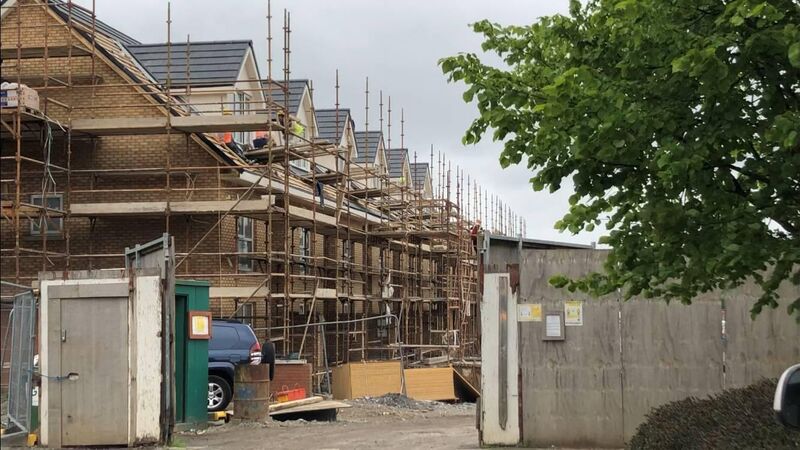Model measuring demand for healthcare services should inform planning decisions, report finds

The ESRI said housing developments with a mix of half owners and half renters tend to have higher levels of acute public hospital ED and inpatient demand.
A new model for assessing the demand for healthcare services from new housing developments should inform planning decisions going forward, according to a new report.
The Economic and Social Research Institute (ESRI) said its model is important as the tenure mixes of a new housing development “plays a large role in determining the level of healthcare provision required in the local area in which the development is being constructed”.
It said its model shows that housing developments with a mix of half owners and half renters under the Government’s Housing for All model tend to have higher levels of acute public hospital ED and inpatient demand than developments with a higher proportion of renters in receipt of housing supports.
“This is driven by the fact that owner-occupiers tend to be older than supported renters and, consequently, have a higher demand for hospital care,” it said.
On the other hand, developments that follow the Housing for All tenure composition tend to have lower levels of demand for GP and public nurse services than developments with a higher proportion of supported renters.
The ESRI said it developed the new Housing and Healthcare Planning (HHP) modelling tool as part of new research funded by the Department of Housing.
ESRI senior research officer and report author Dr Brendan Walsh said: “Housing and healthcare are critical issues for policymakers and the general public.
“Coordinated planning to ensure that housing developments are matched with sufficient healthcare services, creating sustainable communities with secure housing and dependable healthcare, is vital.
"The development of the HHP model represents the first attempt to quantify the impacts of building new housing developments on local healthcare services in Ireland.”
The model found that developments with higher rates of medical card coverage, older resident populations, and larger household sizes increase the demand for healthcare.
If there was a mixed owner-renter 1,000 home development, this would mean demand for 11,000 GP visits annually and would require the equivalent of 1.5 whole-time GPs to provide that care.
The ESRI said: “Within a public housing development of the same size, total GP demand is estimated to be higher at over 12,000 visits per annum.
“This is largely due to higher GP demand among supported renters who, despite having a relatively young age profile, tend to have higher rates of chronic illness and higher rates of Medical Card and GP visit card coverage, and thus greater demand for GP care.”
For a mixed Housing for All 1,000 home development, annual demand is estimated at 300 acute public hospital inpatient admissions. This would require five fully staffed inpatient beds to meet this demand.
This demand is slightly lower for public housing developments as inpatient care “correlates strongly with age” and supported renters have a younger age profile than homeowners.
The ESRI said that using its model should “empower planning authorities to me more informed decisions” on how new residential developments would impact local healthcare systems.
Dr Walsh added it will provide an evidence base upon which to plan for localised healthcare supply and infrastructure.












